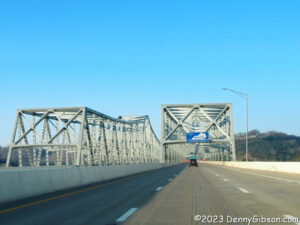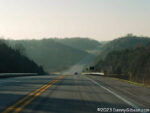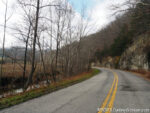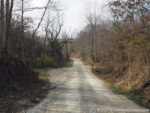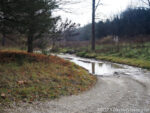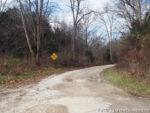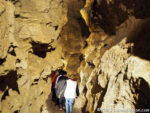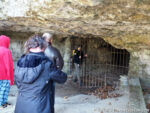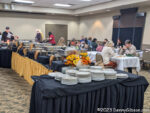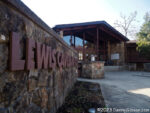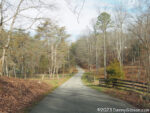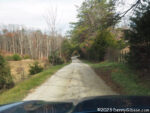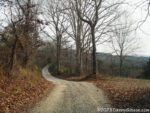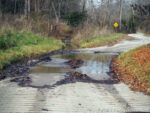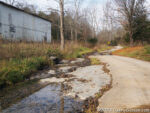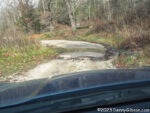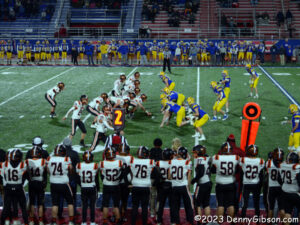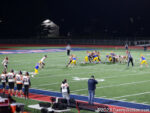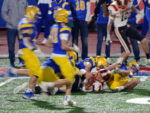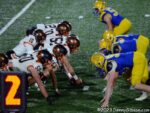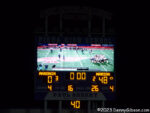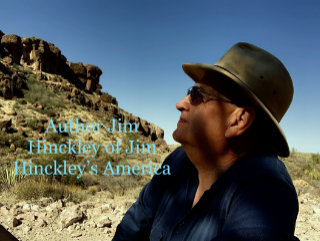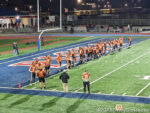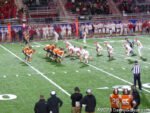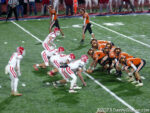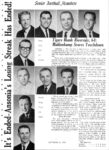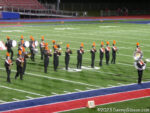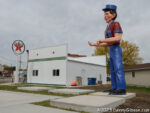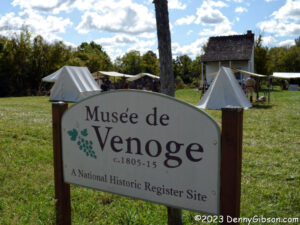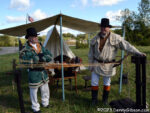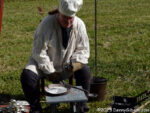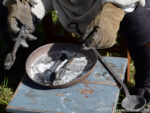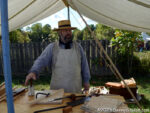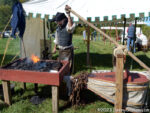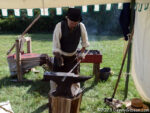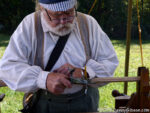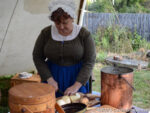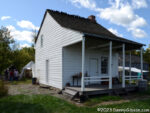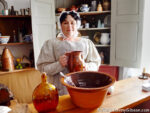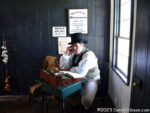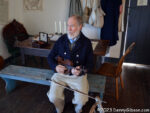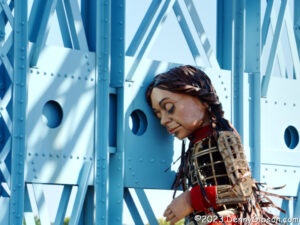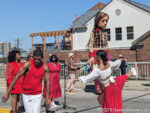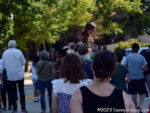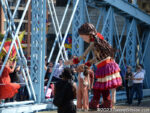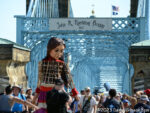Heavens to Murgatroyd! How did I not know that? Until a few weeks ago I thought Yule was just another word for Christmas. Latin maybe. Or maybe German or Old — I mean Olde — English. Nope. The word itself is probably Norse in origin and the holiday it identifies predates Christ and Christ’s Mass by a bunch. There are many descriptions of Yule floating around and they vary quite widely but one of the things they all agree on is that Winter Solstice is involved. That’s important. It’s the thing I did not know. It’s something that distinguishes it from modern-day Christmas.
Of course, common sense and history point to a connection between Christmas and Solstice but these days no answer to the question “When is Christmas?” will contain the word Solstice. Conversely, the word Yule is used frequently in discussions of Christmas. It appears in officially designated Christmas carols and in greeting cards mailed from deeply religious homes. There are times when the words Christmas and Yule seem to be used interchangeably. That, no doubt, is why it took me three-quarters of a century to realize they are not interchangeable. One is tied to a naturally occurring planetary event. One is not.
The 12 Nights of Yule at the top of this post appears on numerous websites. I was unable to determine its origin so am unable to give credit. One of those sites is The Viking Dragon where an Origins of Yule post is quite informative. One bit I thought interesting is the fact that a King of Norway (Haakon the Good, 920–961) decreed that Yule and Christmas were to be celebrated at the same time. What better way to show the lack of a natural connection than a law arbitrarily linking them? The law also required every free man to consume a quantity of ale during the holiday which I assume is the reason that “the Good” was attached to his name.
The twelve days of observation is one of the more obvious things that the new guys copied from the old guys. The 12 Days of Yule begins the day before Solstice and runs through New Year’s Eve. The 12 Days of Christmas begins the day after Christmas and runs through January 6 which is the day associated with the arrival of the Magi or maybe Jesus’ christening. The Catholic Church calls this day Epiphany, and yes, I suppose you could use that word to describe my discovery that Yule was absolutely not another word for Christmas.
A Cosmic Reason for the Season — Reredux is this blog’s most recent previous post on the Winter Solstice. With plans to reference that post here, I looked it over and discovered that a website it linked to had disappeared. Since I thought its discussion of Solstice and Christmas a good one, I located the desired content through the WayBack Machine, fixed the existing links, and am including a direct link here. In previous Solstice-related posts, I’ve been upfront about the amount of time separating the post and the precise moment of Solstice. This year the event follows this post by 4 days 16 hours and 27 minutes.

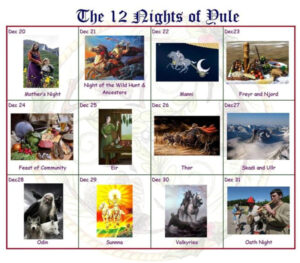





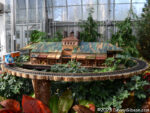



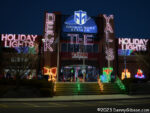





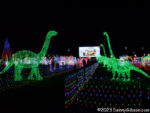



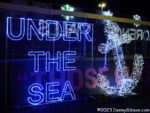
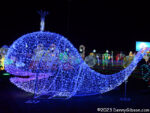
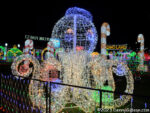
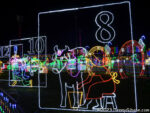

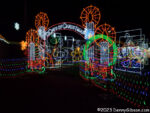

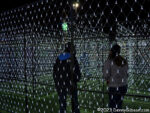



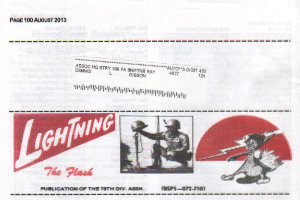 A ten-year-old blog post recently appeared in this site’s traffic statistics. The post told about the last issue of a publication devoted to a veteran’s organization to which my father had belonged. It isn’t terribly unusual for ten-year-old posts to get hits but I really can’t remember the last time this particular post appeared. The hit prompted me to reread the post and even update it a little. In the process, I was also prompted to let my thoughts wander down several of the many paths uncovered by my reading. Whoever clicked on the search result that took them to this old post missed Veterans/Armistice Day by a couple of weeks and this post misses it by even more but my mind — and maybe yours too — is still in a slightly reflective mood. So this week’s post consists of just this paragraph and a link to that ten-year-old post. Reflect as much or as little as pleases you:
A ten-year-old blog post recently appeared in this site’s traffic statistics. The post told about the last issue of a publication devoted to a veteran’s organization to which my father had belonged. It isn’t terribly unusual for ten-year-old posts to get hits but I really can’t remember the last time this particular post appeared. The hit prompted me to reread the post and even update it a little. In the process, I was also prompted to let my thoughts wander down several of the many paths uncovered by my reading. Whoever clicked on the search result that took them to this old post missed Veterans/Armistice Day by a couple of weeks and this post misses it by even more but my mind — and maybe yours too — is still in a slightly reflective mood. So this week’s post consists of just this paragraph and a link to that ten-year-old post. Reflect as much or as little as pleases you: 